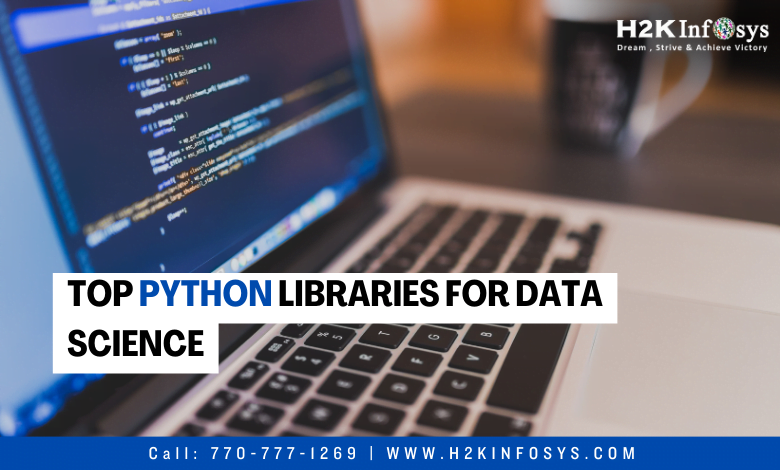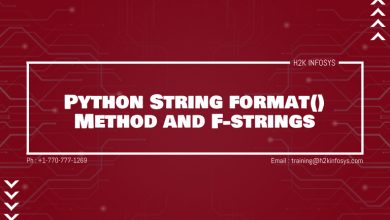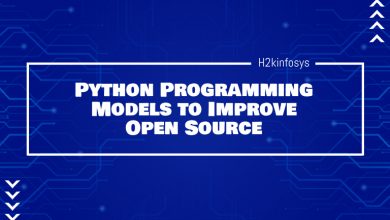Top Python Libraries for Data Science

Data scientists have access to a multitude of tools within the Python ecosystem. It could be difficult for beginners to discern between essential data science tools and “nice-to-haves.” I’ll walk you through the most widely used Python data science libraries in this article. We shall be looking at the Python libraries for getting data and data visualisation in this article. Check out the Python online training to learn more.
Python Libraries for Getting data
Data is the foundation of data science. You must import your data before you can use Python for data analysis or modelling. Different formats can be used to store data, but fortunately, the Python community has created a large number of packages for obtaining input data. Let’s examine the most widely used Python libraries for data preparation and import.
csv
Comma Separated Values, or CSV, is a widely used format for importing and exporting tabular data. Python comes with a built-in csv module for handling CSV files. For instance, the csv.reader() method, which essentially loops through the CSV file’s rows, can be used to read data from a CSV file. The csv.writer() function can handle exporting data to a CSV file.
JSON
Text data can be exchanged and stored in a standard format called JSON, or JavaScript Object Notation. JSON is language agnostic; you don’t need to know JavaScript to interact with JSON files, despite the fact that it was inspired by a portion of that language.
Python provides a built-in module called json that may be used to encode and decode JSON data. You can use the json.load() function to read JSON documents or the json.dump() method to turn your data into JSON files after importing the json module.
openpyxl
The openpyxl library is a great resource if Excel is the primary data storage format for your data. It was designed to write and read Excel 2010 documents. File types supported by the library are xlsx, xlsm, xltx, and xltm. Openpyxl is not included in Python, in contrast to the aforementioned packages; you must install it before using it.
You can read Excel spreadsheets with this library, import specific data from a sheet, add data to an existing spreadsheet, and build new spreadsheets with formulae, images, and charts.
Scrapy
Python contains a number of packages that can quickly and easily retrieve data from the web if that is what you wish to use. A well-liked open-source tool for extracting structured data from websites is called Scrapy.
For example, you may use Scrapy to scrape Twitter for tweets from a specific user or with predetermined hashtags. Beyond only the tweet, the result could have a ton of other data; for example, a table with usernames, tweet times and texts, likes, retweets, and replies, among other things. APIs can be utilised by Scrapy to extract data in addition to web scraping.
Scrapy is an excellent tool for extracting structured data that can be further processed and used in a variety of data science projects because of its speed and flexibility.
Beautiful Soup
Another well-liked library for obtaining data from the internet is Beautiful Soup. It was designed to extract meaningful data from HTML and XML documents, even when their syntax and structure are flawed. This Python library’s peculiar name alludes to the fact that these inadequately annotated pages are sometimes referred to as “tag soup.”
An HTML page that has been processed by Beautiful Soup yields a BeautifulSoup object that displays the document as a hierarchical data structure. After that, navigating that data structure to access the desired content (such as the text of the page, URLs for links, particular headings, etc.) is simple.
The Beautiful Soup library is incredibly versatile. If you have any need to work with web data, give it a try.
Python Libraries for Visualizing Data
Python is an excellent tool not just for modelling and data processing, but also for data visualisation. These are a few of the most well-liked Python modules that can assist you in producing data visualisations that are interesting, educational, interactive, and relevant.
matplotlib
This is a common library used to create Python data visualisations. Basic two-dimensional graphs such as scatter plots, bar charts, pie charts, histograms, and line plots can be created using it, in addition to more intricate animated and interactive visualisations.
Plot formatting and layout are also customizable with the matplotlib module; you may select how to show labels, grids, legends, and other elements. Nevertheless, writing a lot of code is a significant drawback of matplotlib for data scientists who need to generate intricate and eye-catching plots.
seaborn
Despite being based on matplotlib, the seaborn library boasts an intuitive interface that lets users create eye-catching and educational statistics graphs with a few lines of code, or even just one! It’s my favourite visualisation tool because of its sophisticated capabilities and succinct syntax.
Even if you are completely new to coding data visualisations, you can still generate great plots because of the large choice of visualisations and the pre-installed themes. Use the many features offered by Seaborn to generate heatmaps, joint plots, violin plots, multi-plot grids, and other visualisations.
Bokeh
A fantastic tool for making interactive browser visualisations is Bokeh. Similar to Seaborn, it lets you create intricate stories with straightforward commands. Nonetheless, interaction is the primary focal point.
You may embed various widgets, link plots, and show pertinent data when the cursor is over particular data points using Bokeh. Bokeh is an ideal tool for creating intricate visualisations such as network graphs and dashboards because of its wide range of interactive features.
Plotly
Another browser-based visualisation library is called Plotly. It provides a wealth of practical out-of-the-box graphics, such as:
- Simple plots, such as bubble charts, pie charts, bar charts, scatterplots, and line graphs
- Plots with statistics (such as histograms, box plots, and error bars).
- heatmaps and contour plots, among other scientific charts.
- Financial charts, such as candlestick and time series charts.
- Maps (such as enhancing geographic maps with lines, filled areas, bubbles, and heatmaps).
- 3D graphs (surface, scatter, and more types).
- If you want to create interactive graphs that are suitable for publication, think about using Plotly.
Conclusion Don’t be unfamiliar with the Python libraries accessible for data science now that you’ve been introduced to them! You will require a great deal of practice to become an expert in data science. I suggest beginning with interactive courses that combine coding tasks with an explanation of fundamental concepts. Check out our Python courses online to learn more.





